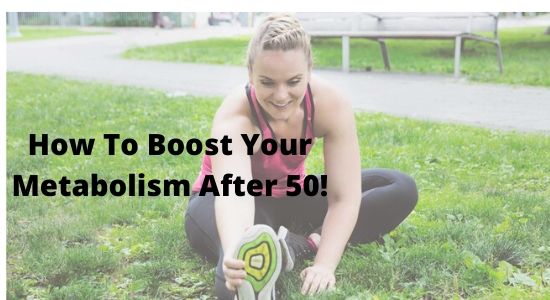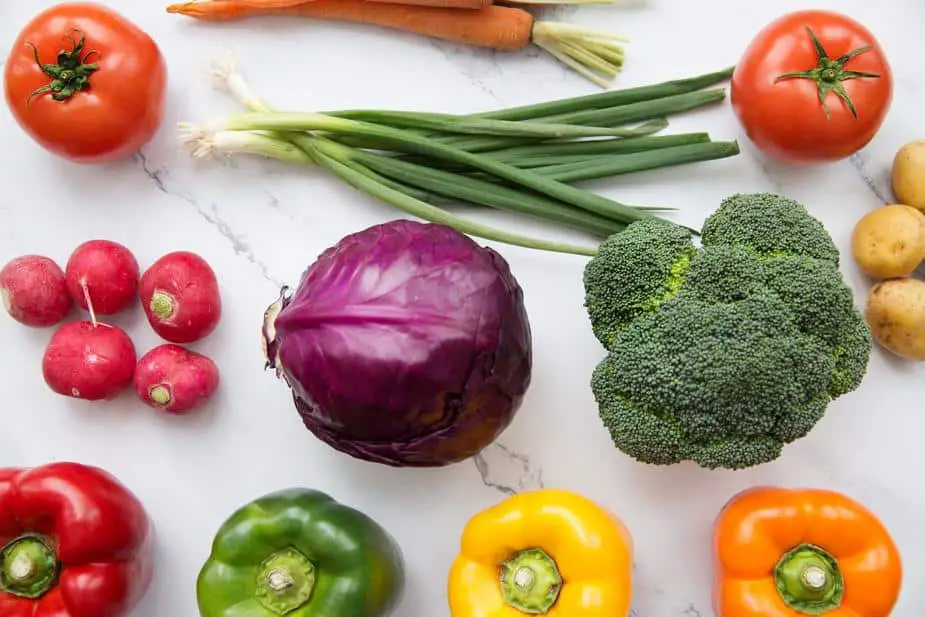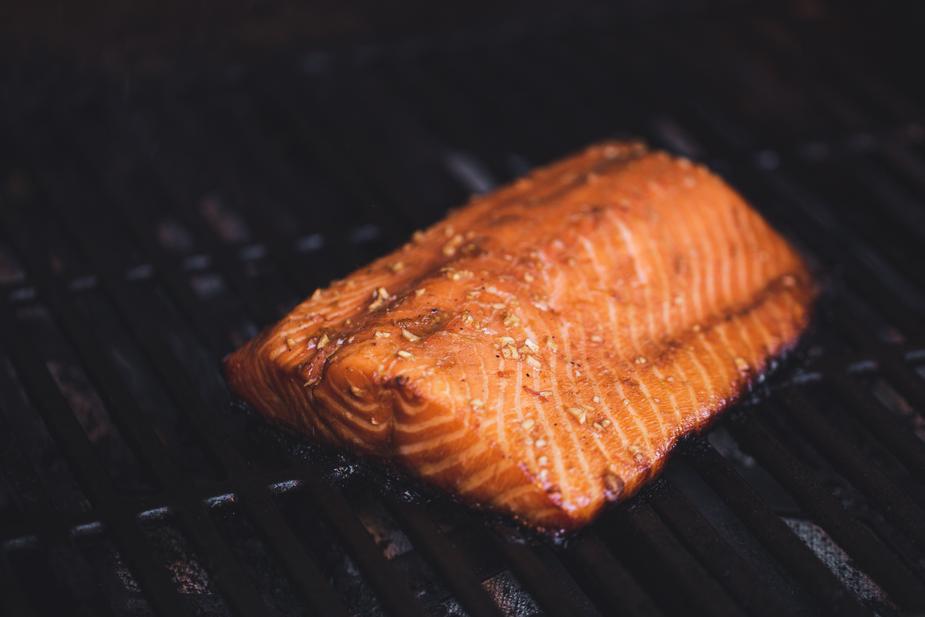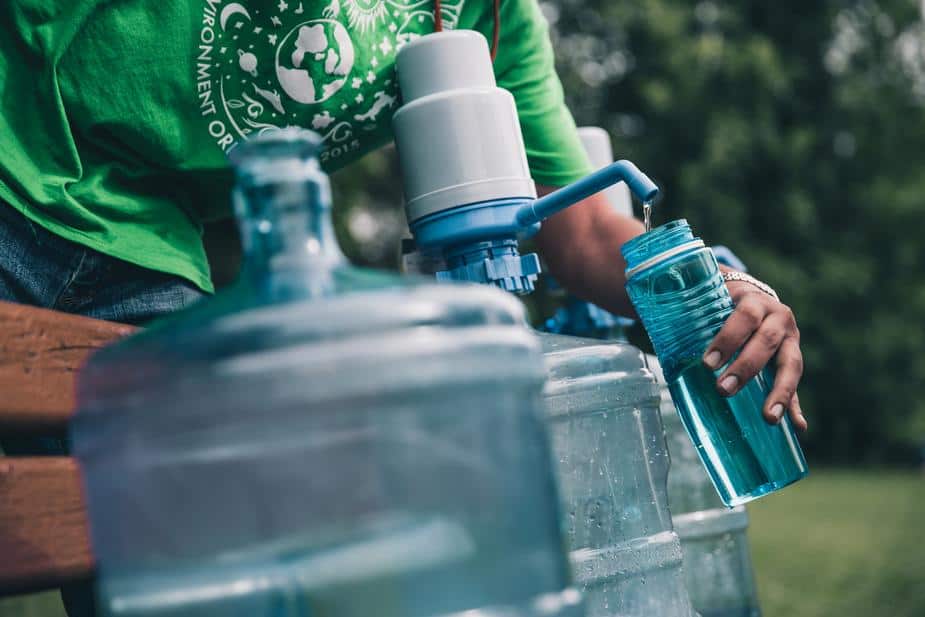It can be annoying as a woman to look at men who seem to effortlessly lose weight. Some of us just look at food and pick up weight, never mind eating it.
If you’ve found yourself struggling even more after you hit 50, it’s not in your imagination.
With every decade that we age, our metabolism slows down.
If you are already dreading the amount of work you’ll have to put it, don’t worry. There are some simple steps that you can take to lose weight and keep it off.
Boosting your metabolism will make it easier to not only lose weight but maintain a healthy weight no matter what your age is.
Sure, there are also steps you will need to take that will be tough. But it’s important to take care of your health, especially as you age. You’ll not only feel better but look great too.
If you’re wondering how to increase your metabolism after 50 if you’re a female, keep reading.
What Causes the Metabolism to Slow Down with Age?
It starts happening after we turn 20. Every decade the metabolism slows by about 10 percent. By the time you hit your 50’s, it feels like an uphill battle to maintain a healthy weight.
I know I certainly can’t eat as I did even a decade or two ago.
There are three main reasons that the metabolism starts slowing down. You’ll also notice how these causes are inter-related to a large extent.
1. Muscle Loss
After 30, we lose three to eight percent of our muscle mass every decade. This is as a result of hormonal changes and reduced activity levels.
Growth hormone is what helps children to grow and is responsible for muscle growth and muscle maintenance in adults. But after 30, growth hormone levels decline.
After 50, estrogen levels in women are much lower. Just like testosterone is responsible for muscle growth and strength in men, estrogen impacts muscle mass in women much the same way.
When the ovaries stop producing estrogen, this, along with decreased growth hormone levels, causes muscle loss.
While the increased calorie burn from building extra muscle has been rather inflated over the years, it’s true that muscle does need more calories to be maintained.
This is part of the reason why men tend to have it easier when it comes to losing and maintaining their weight in general.
2. A Drop in Physical Activity
Another reason the metabolism decreases along with muscle mass is little to no physical activity. Research shows that many people over the age of 50 lead sedentary lives.
It’s also only been in the last few years where the fitness industry has encouraged women to do proper resistance training.
There were a lot of myths regarding resistance training for women. Maybe you still buy into the myth that using heavy weights or that doing push-ups will transform you into a she-hulk.
Lightweights, high repetitions. That was what we got told. We’ve certainly not done ourselves any favors. We start out with a lot less muscle mass to lose.
Sitting behind a desk all day and then sitting some more at home also slows down the metabolism.
Burning calories through regular everyday movements as we go about our day is called NEAT or Non-Exercise Activity Thermogenesis.
The calorie burn attributed to NEAT is small, but over time, it makes a big difference. The less we move, the fewer additional calories we burn.
Pair that with no dedicated exercise time, and you can start to see why the metabolism becomes sluggish.
3. Aging
Just like a phone or computer, our body functions slow down when we age. When it comes to metabolism, there are two main things that play a role here.
One is that our nerve impulses and muscle contractions slow down with age. Secondly, we lose mitochondria as we age.
Mitochondria are the powerhouses of our cells. Our mitochondria also start using oxygen less efficiently to create energy. All this results in a slower metabolism.
I put this reason last because it has the smallest effect on metabolism. There really might be something to that saying, you’re only as old as you feel.
While our metabolism is largely determined by our genetics, there is a lot that we have control over.
You can make positive changes that will give you more energy, reach a healthy weight, and age gracefully.
Your 4 Step Plan to Boost Your Metabolism After 50
Step 1: Exercise- Especially Resistance Training
Let’s rip the band-aid off. For a lot of people, exercise is the worst. If you are unfit, slogging it out with burning muscles and getting all sweaty and red in the face might not be what you consider fun.
Plus, let’s face it, us women are busy creatures.
Trying to fit exercise in while looking after children (especially teenagers, am I right?) or grandchildren, taking care of elderly parents, working, and running a household is tough.
The best advice I can give you here is to pick an activity that you enjoy. Because this means you will do it regularly.
Check with your doctor to make sure what’s right for you. For example, if you have a bad knee or back, you will need to skip certain types of exercises in favor of others.
A personal trainer can also help with a suitable exercise plan while also providing motivation.
HIIT and Resistance Training
Incorporating a resistance workout into your day two to three times a week will help preserve and even build muscle. I reiterate ladies, you will not end up looking like Arnold Schwarzenegger.
Rather, this will give you a toned body and great posture.
HIIT, also known as high-intensity interval training only takes 10 to 20 minutes a day. It comprises of 20 to 60 seconds of high-intensity activity, with 10 to 30 seconds rest in between sets.
Using bodyweight exercises during the active phases is a great way to build muscle and get some cardio training in.
Try this 11-minute beginner HIIT workout designed specifically for women over 50.
Alternatively, just do 20 to 60 minutes of resistance work. Use weights or do bodyweight exercises. Do 8 to 12 repetitions and 1 to 4 sets of that exercise. Take a minute or two to rest between sets.
Targeting your whole body each session is a good use of time. Compound exercises that use multiple muscles at a time help you to build muscle faster and burn more calories.
Here are some examples:
- Push-Ups: Knee push-ups (for beginners) or regular push-ups (more advanced) target your upper back, core (lower back and stomach muscles), triceps (back of your arms), your chest, and even your glutes (bum). Keep your glute muscles contracted along with your stomach to stay stable. Keep your elbows at no more than a 45-degree angle to your body.
- Squats: How you squat determines which muscles are targeted most. Narrow squats target the quads (the front of your thighs) more. Wider squats target your bum more. Your core and hamstrings (back of your thighs) will also fire to keep you stable. Keep your knees out so they are in line with your toes. Never let your knees go over your toes.
- Bird Dog: What the heck? It’s simpler than it sounds. Get on all fours, tighten your core, and lift one arm and the opposite leg to form a straight line with your body. Lower. Switch sides. It works your core, upper back, hip flexors (the muscles at the front of your hips), hamstrings, and your bum.
Cardio
This type of exercise is what the world popularized for women for decades. Aerobics. But you can also swim, ride a bicycle, jog, dance, or walk, albeit it briskly.
If you’ve always wanted to try tennis or step aerobics, grab a friend and do it.
Your body will adapt by using oxygen more efficiently. Mitochondrial density also increases which fuels your muscles and speeds up your metabolism.
Step 2: Eat Healthily
You may have heard it said before, but I will say it again. It shouldn’t be a diet, but a lifestyle change. You need to be able to sustain the changes you make.
It might seem like a good idea to drastically cut your calorie intake. But that isn’t the case.
The actual number will vary depending on your particular body, but in general, women shouldn’t eat less than 1300 calories a day. If you do cut your calorie intake down, only do so by 500.
Eating too few calories on a regular basis will result in a slower metabolism. Not only that, but you will be reducing your nutrient intake too leaving you feeling tired and in danger of deficiencies.
Keep Processed Food to a Minimum
Instead of dieting, rather focus on eating healthily.
It’s absolutely possible to eat processed junk and stay within an acceptable calorie range. But once again, you will be in danger of nutrient deficiencies.
Keep your favorite “naughty food” as a treat once a week. You want to be able to sustain this way of eating long-term. Cutting out all the treats will leave you feeling deprived.
Not all calories are created equal. You want delicious food that is also nutritious.
Healthy Food Basics
Instead, fill up half your plate with veggies. They are low in calories, full of fiber, and rich in nutrients.
Fiber will keep you regular and keep your digestive system healthy. It also keeps your cholesterol levels healthy.
Also, be sure to fill up with protein. It’s important for keeping your muscles healthy. Legumes like lentils, beans, and peas are a simple way to push up the protein content of a meal.
They are also full of vitamins and minerals.
Also, don’t be afraid of adding more fatty fish to change up your diet. Especially, if you are over 50 you should be including more fish as protein in your diet. These include fish like Tuna, salmon, and herring.
Not only do they help maintain muscle mass for oldies, but they are great for your brain and heart.
If you eat meat, stick to leaner cuts unless you are on the ketogenic diet. Having said this, it’s important to note that fat is not your enemy.
Rather, stick to healthy fats like avocado, nuts, and seeds for the most part.
If you aren’t going low carb, don’t worry. Carbs aren’t evil either. Rather stick to whole grains instead of white bread, cakes, and chips. The added fiber keeps your blood sugar levels stable.
Plus most of the nutrients are in the husks that are removed during processing. You can also eat starchy vegetables like sweet potato and potatoes with the skin on.
It can take some getting used to the extra fiber if you don’t usually eat whole grains. But as with adding beans to your meals, your digestive system and palate will adjust.
What About Thermogenic Food?
It’s true that some foods cause you to burn more calories than others. This is referred to as the thermic effect of food or TEF. It’s not much, but every little bit helps.
Protein is one such food. It’s harder to break down than simple carbohydrates like white bread, for example, resulting in a slightly higher calorie burn.
Some herbs and spices also have thermogenic properties. They are also full of antioxidants which will benefit your overall health inside and out. They are also delicious.
Try these:
- Cayenne pepper
- Ginger
- Cumin
- Chili pepper
Step 3: Stay Hydrated
Water
There are many reasons why you should drink water. In terms of weight loss, drinking cold water has been shown to raise metabolism for up to an hour after consumption.
It also fills you up. Drinking a glass or two of water before a meal reduces the risk of overeating.
Water also aids digestion so that your body absorbs nutrients effectively and doesn’t leave food sticking around longer than it should. Good digestion equals less bloating and discomfort.
Coffee
Coffee not only increases your metabolism briefly but enhances fat burning too. Many people like to drink it before a workout to maximize on this. Try to drink it black with no sugar.
But if you can’t stand it this way, use milk instead of cream. If you need to sweeten it, try xylitol or erythritol instead of sugar.
Unlike artificial sweeteners, these sugar alcohols won’t have a negative impact on your gut. Don’t worry, using sugar alcohols as a sweetener won’t have you dancing on the tables.
They don’t contain any actual alcohol and are naturally found in fruit and vegetables.
Try to keep your coffee consumption to three cups or less. The majority of your hydration should come from water.
Green Tea
Green tea only contains about 35mg of caffeine. But that caffeine together with antioxidants, specifically, catechins, raises the metabolism just like coffee.
To increase the bioavailability (the body’s ability to absorb and use the nutrients) of the catechins in green tea, add some lemon juice.
You can safely consume two to three cups of green tea a day.
Step 4: Get Enough Good Quality Sleep
Most people, after the age of fifty, need 7-8 hours of sleep. The emphasis is on good quality sleep. Interrupted sleep or not getting enough deep sleep counts as sleep deprivation too.
Long-term sleep deprivation (this is usually measured at around 6 hours or less) slows down the metabolism. The main reason for this is because of changes in the hormones.
In adults, growth hormone is mainly secreted at night when we sleep. Not getting enough sleep reduces the amount of growth hormone being released.
On top of that, more of the hormone, ghrelin, which tells us that we’re hungry, is secreted. And less leptin, the hormone that lets us know that we’re full, is released.
We end up eating more than we need to eat.
Sleeping 10 hours or more also has a negative impact on your metabolism. As with all things in life, it’s about finding a balance.
It increases the risk of metabolic syndrome which is when you have at least three of the following symptoms:
- Excess belly fat
- Low levels of the good cholesterol (HDL)
- Hypertension (constantly high blood pressure)
- High triglyceride levels (blood fat levels)
- High fasting blood sugar levels (for example, when you wake up in the morning)
Tips to Get to Sleep Faster and Stay Asleep
The solution isn’t always as easy as simply going to bed earlier for everyone.
If you are still a night owl like me but are forced to get up early for work or other responsibilities, it takes a little more work.
Some good news is that from around 60 onward, our body clocks change so that we become early risers that go to bed earlier naturally. If you’re not there yet, just hold on a little longer.
Here are are a few tips that will make it easier to get to sleep in the meantime. These tips will also help if you struggle with insomnia in general:
- Go to sleep and wake up at the same time every day.
- Keep your bedroom uncluttered to create a relaxing space.
- Keep your bedroom cool, but not cold, at night.
- Bedrooms should only be used for sleeping and sex, this will help your brain associate your bedroom with sleep.
- Stop using electronics such as laptops and phones at least an hour before bed or use a blue light filter like f.lux. The blue light emitted from these devices interfere with melatonin (the sleep hormone) release.
- Do something calming before bed such as reading or listening to relaxing music.
- Don’t drink alcohol within 3 hours of bedtime. Alcohol disrupts deep sleep.
- Cut out caffeine after noon.
- Don’t drink beverages within an hour of bedtime.
Articles you may be interested in:
Metabolic Renewal Review – Program to optimize metabolism
How to Keep Metabolism High While Fasting
How-to-boost-metabolism-on-the-keto-diet
Diet Plan For 50 Year Old Woman To Lose Weight



